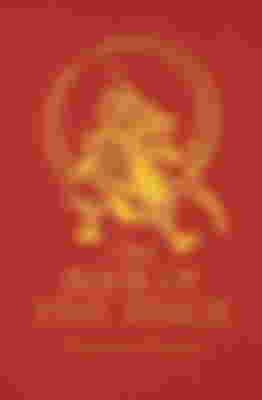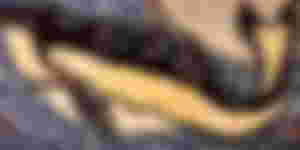(The Library: Book Review) The School of Two Heavens as One follows the philosophy of striking your opponent with two weapons at once! As if the heavens themselves struck your foe from two different directions. And directions, is what Takezô, our young hero, is missing. The School of Two Heavens as One is the name of the school he will establish much later in this series of books. When he does, he will be remembered as Miyamoto Musashi, our main protagonist, real life hero.
Pros
Poetic but still realistic and grounded
Romantic, classic, medieval all equally describe the novels
Allows you to immerse yourself in medieval Japan
This world is full of: Honour, Love, Food, Travel, Culture, Battles, Training
Cons
Very long read! Across 8 books, or 2 tomes, we're talking about 1400 pages
When Eiji Yoshikawa died, in 1968, he did so covered in glory. His series of books known as "Musashi" were published circa 1935 and span eight smaller books: Earth, Water, Fire, Wind, Sky, Sun, Moon and The Perfect Light. Young Takezô thus embarks on a great 17th century journey of coming of age in the Edo period, Japan. He will thus have to discover the techniques, take risks against his opponents and also with and towards love. The story is inspired by the heavily romanticised true life events of the character. What I mean is that Musashi did really exist in Japan in the 17th century. When he refers to The Perfect Light, he has not attained true spiritual detachment as Siddhartha did in Herman Hesse's novel. But his enlightenment comes from seeking perfection, seeking the true invincible technique.

The memories I have of reading the two tomes which contain those 8 books and are titled "La Pierre et le Sabre" and "La Parfaite Lumière" always evoke travels, balls of rice, love and the dangers of battle. But also the books have shown me how devoted Musashi was to his technique. He did have "skin in the game". The fights he did were not the same as modern entertainment. He was often fighting to defend himself, to eat, to defend others or to uphold his honour. Being trained at all times was a way of life for Musashi. At some point, he hunts birds with stones. His nemesis, Kojiro is often referred to or encountered and is described as yielding an enormous sword strapped on his back. Kojiro is also feared for having mastered a technique which allows him to remove the sword from its scabbard and quickly strike forward in a deadly move.
This review would not be complete without mentioning the Five Rings. The Book of the Five Rings is Musashi's own book. The Five Rings are the five key elements to a fighter's technique. They represent Earth, Fire, Water, Wind and Void. The cover of the English version:

I have trained in the way of strategy since my youth, and at the age of thirteen I fought a duel for the first time. My opponent was called Arima Kihei, a sword adept of the Shinto ryū, and I defeated him. At the age of sixteen I defeated a powerful adept by the name of Tadashima Akiyama, who came from Tajima Province. At the age of twenty-one I went up to Kyōtō and fought duels with several adepts of the sword from famous schools, but I never lost.
— Miyamoto Musashi, Go Rin No Sho
More than anything however, Musashi emphasises what is known as Kung-Fu in Chinese culture, meaning "the improvement and practice". Because Musashi was not only a skilled fighter, winning more than 60 real-life deadly duels, he also was a father, an artist and a positive light of teaching. Much media has been produced to illustrate the character and I have only selected a few here. Feel free to look for yourself as all the Japanese artwork depicting Musashi and his duels. Here is one famous by Utagawa Kuniyoshi:

Also, regarding the image, as a side note, it does bear vivid resemblance to The Great Wave Off Kanagawa. The book has been translated in multiple languages and is often regarded a masterpiece. I agree with that view although I have not read any other works from the author. He did write multiple other books. I recommend you to read the series "Musashi" but again be warned, it can be long.
N.B. The cover image I used is linked here. I did not know it before writing this article but the title is : "Miyamoto Musashi Fights Sasaki Ganryu at Ganryujima in Kyushu, ca. 1844" and it is a woodblock painting by Utagawa Yoshitora. This is testament to Musashi's heroism in real life.
Thanks for Reading!


